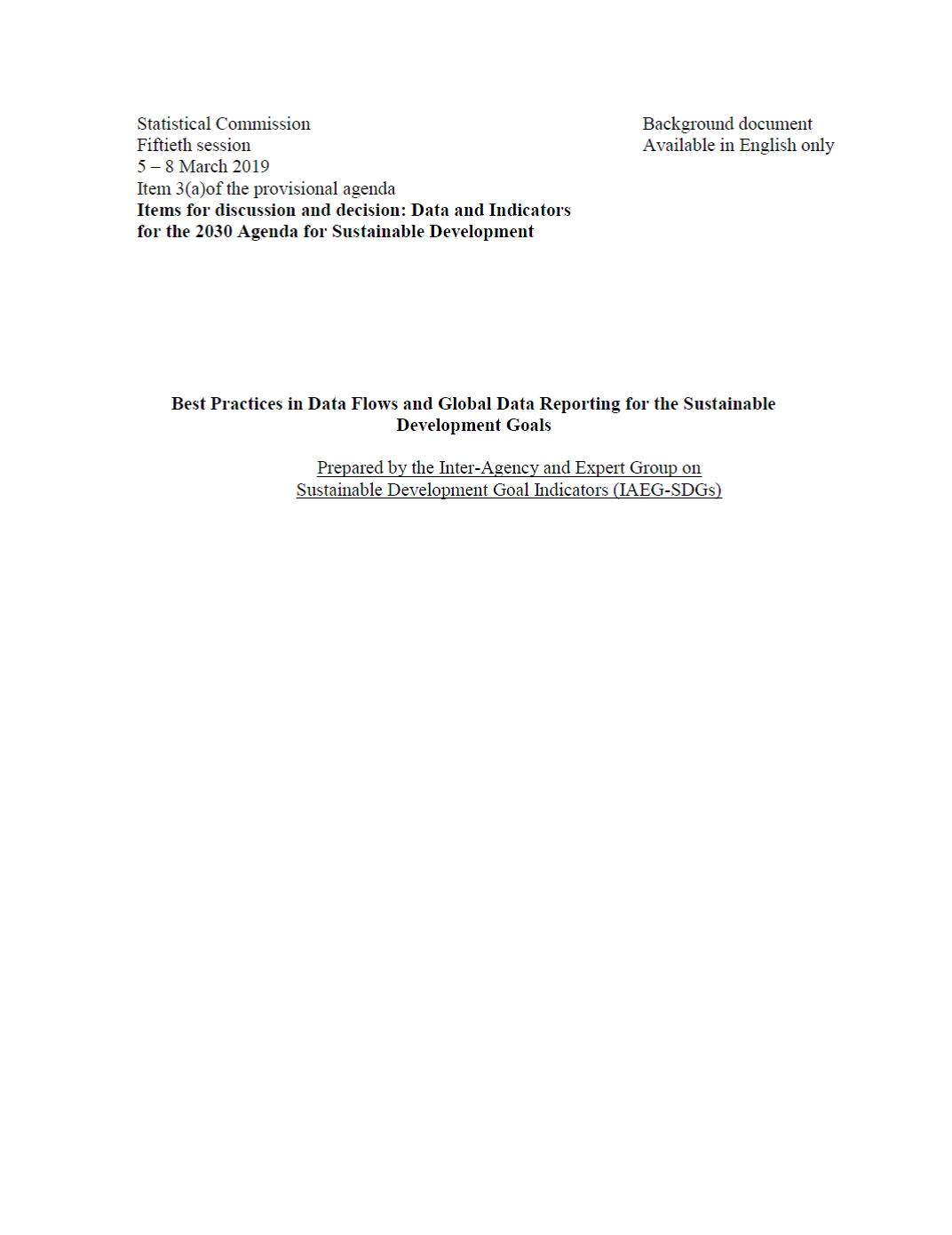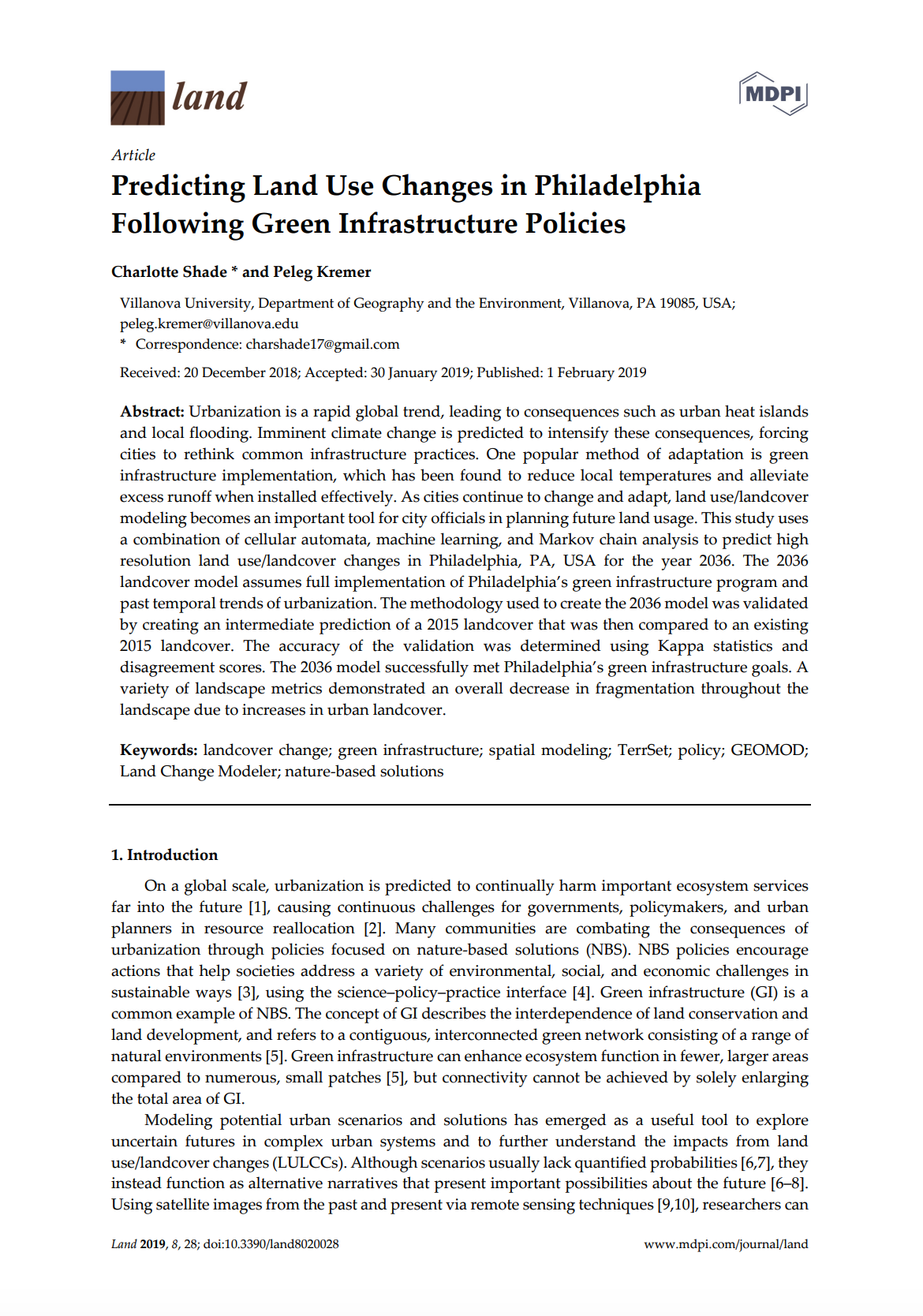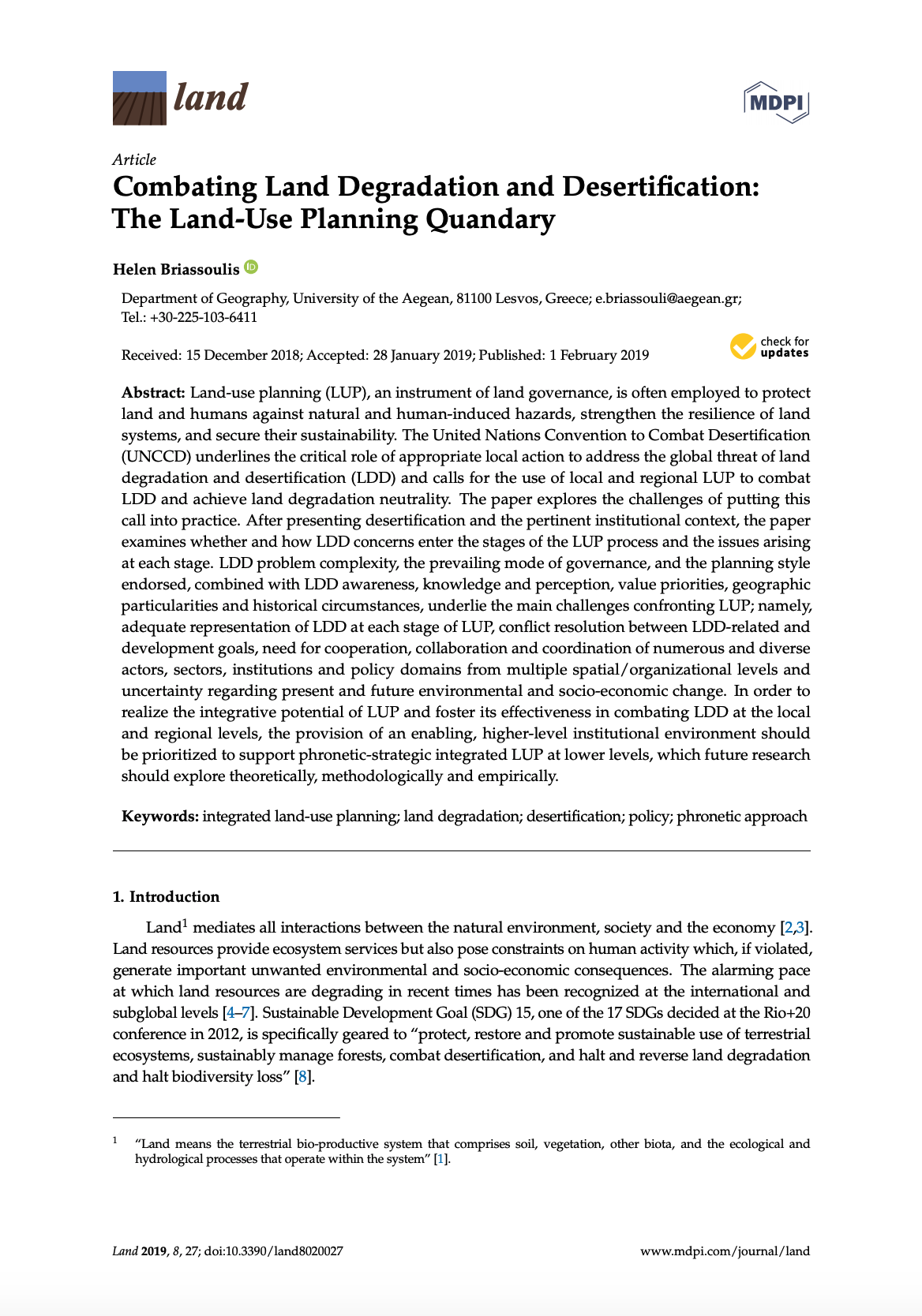Best Practices in Data Flows and Global Data Reporting for the Sustainable Development Goals
The Inter-Agency and Expert Group on Sustainable Development Goal Indicators (IAEG-SDGs) was tasked by the United Nations Statistical Commission (UNSC) in its 50th session to “work jointly with custodian agencies and establish a fruitful dialogue between all parties, to further refine the guidelines by taking into account concerns raised at the forty-ninth session of the commission and to prepare criteria for implementation of the guidelines that are based on best practices and on ways to limit the burden that the





